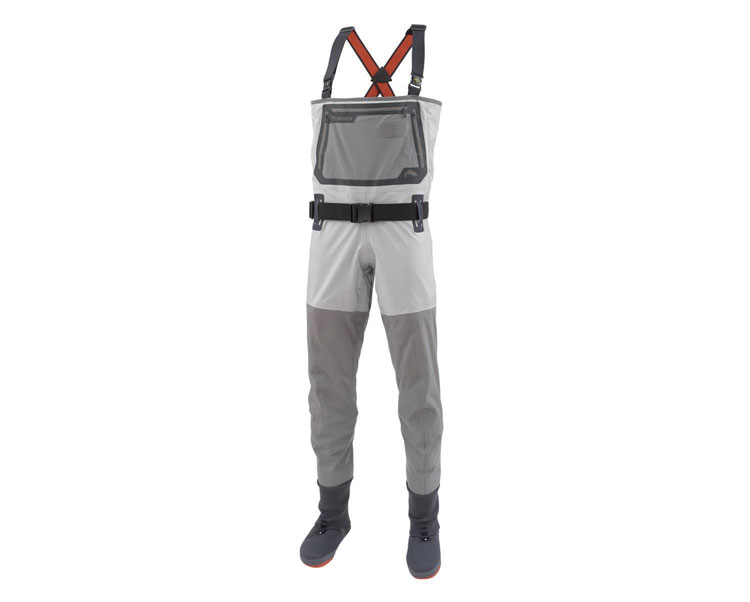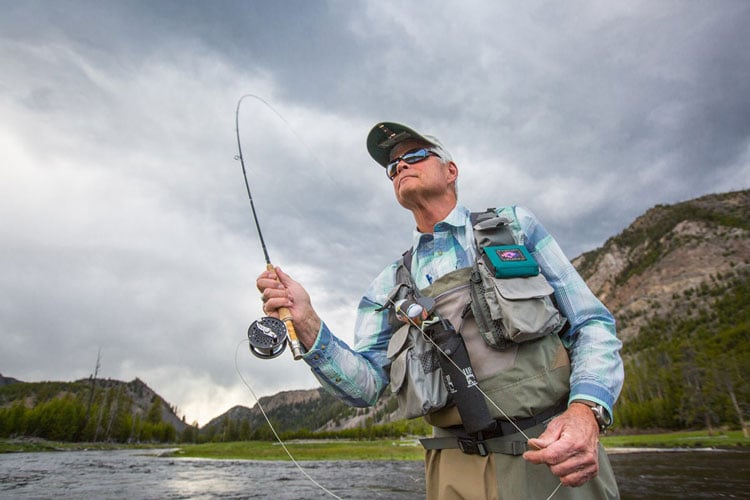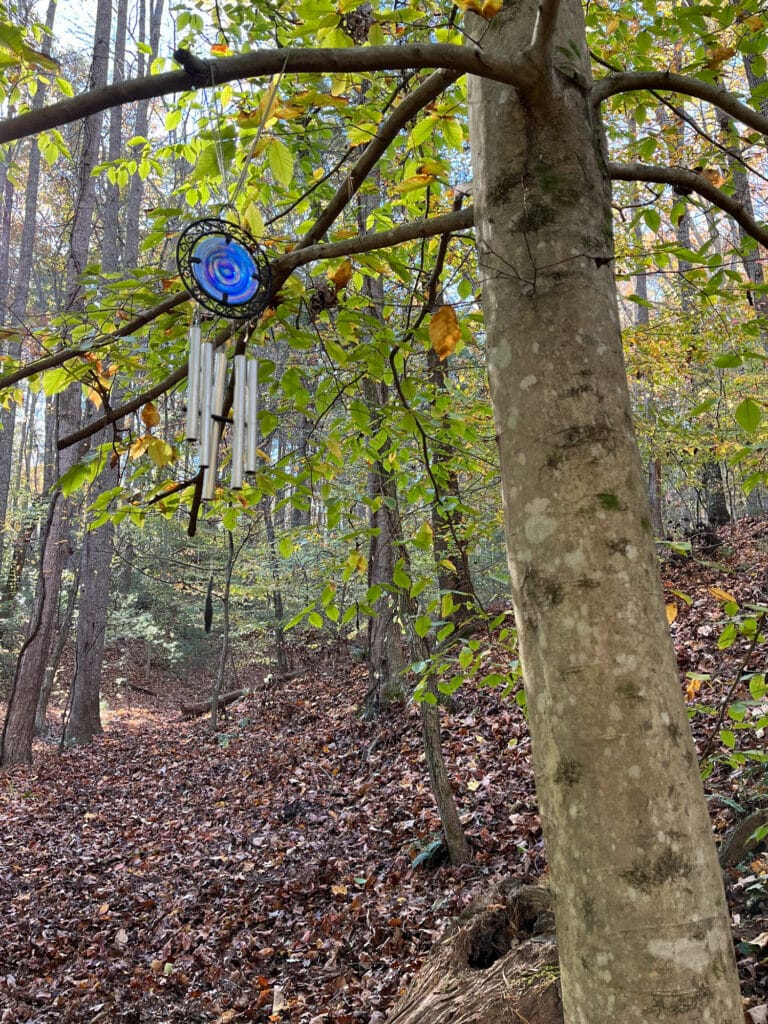Top Regional Guides Dish On Indispensable Gear
Fly fishers are gear people. There are closets full of rods, reels, tools
Dr. Slick XBC Mitten Scissor Clamps, $23
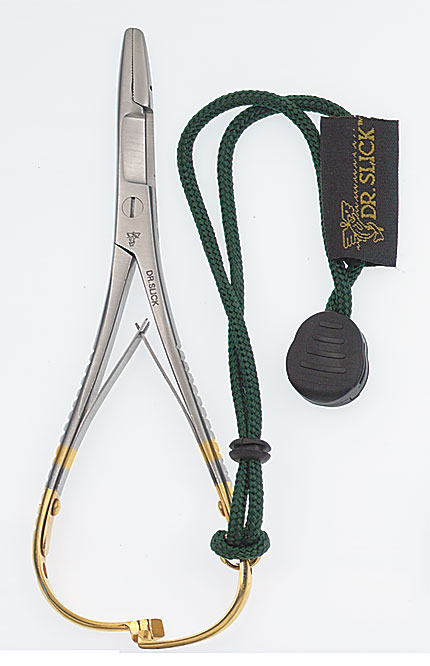
Dr. Slick has elevated your handy hemostats into a multi-purpose tool that’s easier to use and reduces the amount of metal jangling from your vest. Eugene Shuler, of Fly Fishing The Smokies in Bryson City, N.C., said Dr. Slick’s Mitten Scissor Clamps are a tool he keeps on hand for a variety of uses, whether he’s floating the Tuckasegee or exploring high-elevation speck streams. “It’s easier to deal with when you’ve got cold, wet hands,” Shuler said. “And it’s one little lightweight tool that takes the place of several others.” Dr. Slick replaced the standard finger-loop system with a spring-loaded squeeze-and-go ratchet release, which means there’s no finger-fumbling when there’s a fish in the net. Serrated scissors behind the jaws take the place of nippers, and there’s also a pin for cleaning hook eyes.
Smith Guide’s Choice Sunglasses (copper lens), $179
Chasing musky, smallmouths and trout can be a visual endeavor. Many times you must see a fish to make it eat. That’s why guide Matt Reilly views sunglasses as one of the most important tools in the boat. Right now, he’s wearing a pair of Smith Guide’s Choice glasses with copper-colored lenses. He said they’re the best he’s found for seeing into the shallow cobble-bottom rivers of southwest Virginia.
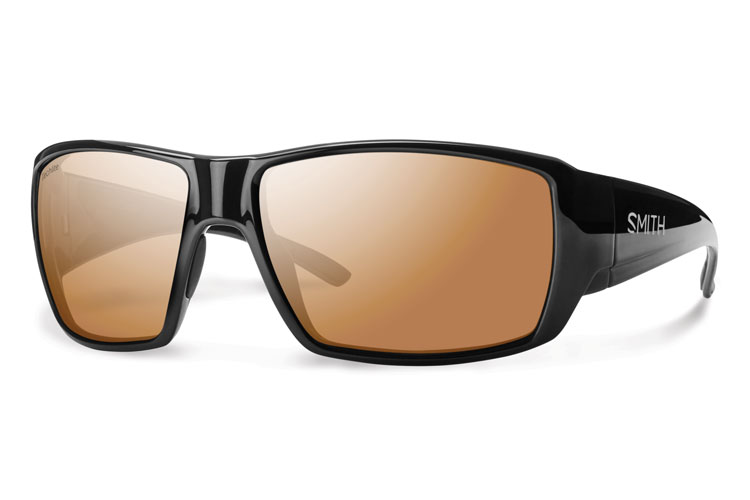
Everyone knows polarized lenses cut glare so you can see into the water. Reilly said Smith lenses also provide excellent clarity, and copper is a good all-around color enhancement that sharpens contrast to reveal the shadows and subtle movements that betray fish against a mottled streambed. He even keeps a couple pairs in the boat box so clients can see what he sees.
The frames were designed for anglers with wide temples and an aggressive wrap to comfortably protect from both sunlight and errant casts.
Clackacraft 16’ Weight Forward, $9,495
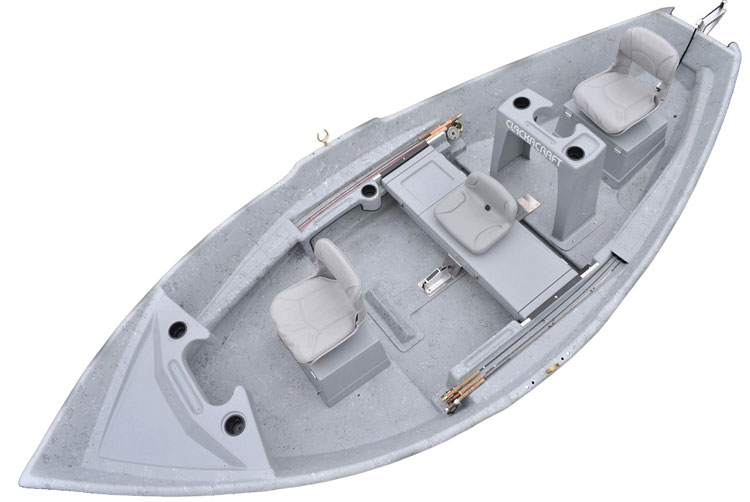
After declaring everything on his boat essential, Rocky Cox, of Rocky Top Anglers in Knoxville, Tenn., settled on the boat itself as one item he couldn’t do without. He fishes Tennessee tailwaters, where low flows make for a shallow, rocky ride down the river. His fiberglass Clackacraft has the maneuverability and durability to navigate waters that would shred some driftboats. “The thing with a Clackacraft is they’re so darn tough,” he said. “They handle rocks really well, and I wouldn’t row anything else.” Scraping bottom is unavoidable, but avoiding collisions saves a lot of wear and tear on a hull. Agility is a big part of what makes Clackacraft one of the most popular driftboats on the market.Cox said his boat rides high with a shallow draft and that it planes out better than other driftboats. He said his boat’s performance makes it as much fun to row as it is to fish from.
Fishpond Nomad Boat Net, $240
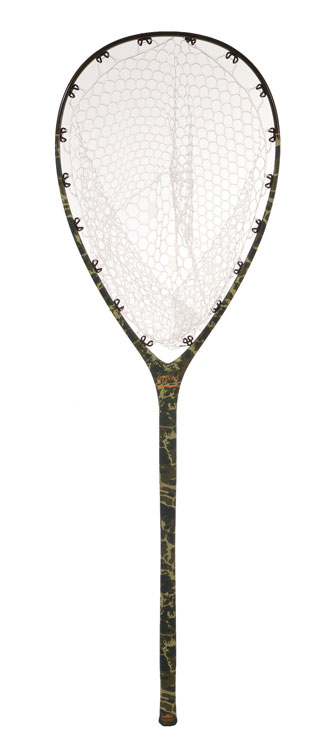
“We’re gonna need a bigger net” is not necessarily a bad thing to hear. But that need won’t exist with Fishpond’s Nomad Boat Net on board. Greg Williams, of Cumberland Bottom Ticklers in Kentucky, uses his Nomad to net every trout he catches on the Cumberland tailrace. He said it’s easier on tippets and trout. With a length of 55 inches and a 24.75-inch x 16-inch head, this net has good reach and can handle fish up to 30 inches and longer. It has a bag depth of 14 inches. Williams likes Nomads because they are lightweight and float like a cork. Composite construction also keeps them from getting too hot in summer or too cold in winter.
The replaceable rubber net is gentle on fish and doesn’t tangle in tippets.
Simms G3 Guide Wading Boots, $250
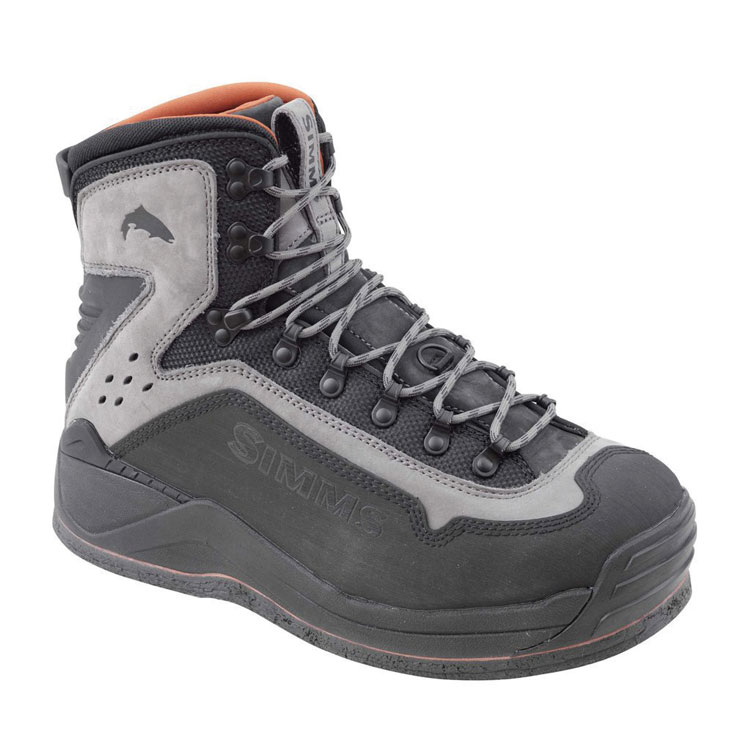
It seems a lot of guides are loyal to Simms wading gear. When we told guide John Schablein that someone had already reviewed Simms waders for us, he went straight to the boots.
Fishing out of Charlottesville, Va., Schablein and the rest of the crew at Albermarle Angler guide on a wide variety of waters statewide. Whether he’s scrambling up the North Fork of the Moormans for brookies or floating the Shenandoah for musky, he’ll be wearing a pair of Simms G3 Guide Wading Boots.
“You can’t beat them for durability and support,” he said.
With outstanding ankle support and designed for improved underfoot feel, G3 boots are intended to keep you upright and safe when wading. Available with both felt and Vibram soles to suit preferences, these boots also feature integrated plates for installing cleats. They’ll be just as comfortable during a long hike in as they are gripping boulders in a waist-deep run.
Echo Dry Fly Rods, $230
Dave Breitmeier was surprised by the performance when a friend let him test-drive an Echo rod. Since then, he’s added several Echos to his arsenal and prefers them to many rods that have a much higher price point. Breitmeier fishes Echo Dry 2- or 3-weight rods while wading West Virginia’s Elk River, where he guides. He said it’s a good dry fly rod, and it’s also got enough backbone and power to cast streamers and nymphs. The 9-foot length provides reach for high sticking, and Breitmeier said he doesn’t hesitate to add weight to get nymphs down, which can become unmanageable with many light rods.

“It’s a lot of fun, and you’re not locked into a particular style of fishing,” he said. “This is just a great stick, man, especially for the money.”
The Echo Dry lineup consists of 2- through 6-weight rods. They are all 9-foot, medium-fast action, 4-piece rods that are feather-light at about 3 ounces.
Simms G3 Guide Waders Stocking Foot, $550
“Most of us who are on the water every day go with Simms waders,” said Joe DiPietro, of North Georgia Trout Fishing. “They are the Cadillac of waders. Spend the money now and you’ll have a pair of waders for life.”
That’s pretty high praise from a guy with a rap sheet for abuse of fishing gear. Simms waders do cost more, but DiPietro said it’s worth it in the long run because they’ll last longer and because the company stands behind its waders. The Simms repair and replacement policy is one of the best in the industry.
DiPietro said the company’s top-of-the-line G4 waders are solid, but he prefers the G3s without the bells and whistles. Durability is the result of strategically placed reinforcement, meticulous craftsmanship
